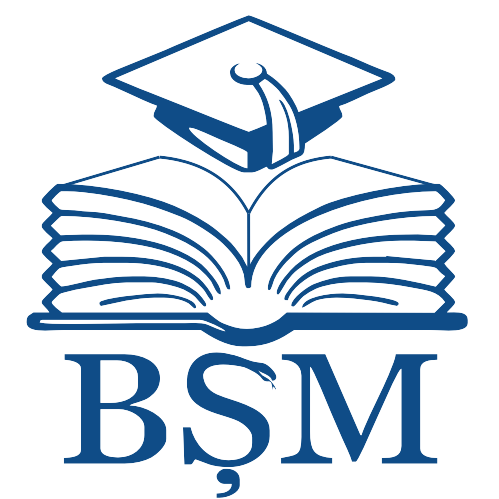|
|
- IRMS - Nicolae Testemitanu SUMPh
- 1. COLECȚIA INSTITUȚIONALĂ
- MATERIALE ALE CONFERINȚELOR ȘTIINȚIFICE
- „Cells and tissues transplantation. Actualities and perspectives. The 3rd edition” dedicated to the 80th anniversary of the founding of Nicolae Testemitanu State University of Medicine and Pharmacy. Chisinau, March 21-22, 2025
- The Materials of the National Scientific Conference with International Participation „Cells and tissues transplantation. Actualities and perspectives. The 3rd edition” dedicated to the 80th anniversary of the founding of Nicolae Testemitanu State University of Medicine and Pharmacy. Chisinau, March 21-22, 2025: [Abstracts]
Please use this identifier to cite or link to this item:
http://hdl.handle.net/20.500.12710/30406
| Title: | Current events in liver transplatology |
| Authors: | Zavtoni, Ana-Maria
Harea, Gheorghe |
| Keywords: | transplant;principles;treatment;monitoring |
| Issue Date: | 2025 |
| Publisher: | CEP Medicina |
| Citation: | ZAVTONI, Ana-Maria and Gheorghe HAREA. Current events in liver transplatology. In: Cells and tissues transplantation. Actualities and perspectives. The 3rd edition : The Materials of the National Scientific Conference with international participation dedicated to the 80th anniversary of the founding of Nicolae Testemitanu State University of Medicine and Pharmacy. Chisinau, March 21-22, 2025: [abstracts]. Chişinău: CEP Medicina, 2025, p. 65. ISBN 978-9975-82-413-2. |
| Abstract: | Background. Liver transplantation is a surgical procedure that involves removing a diseased liver and
replacing it with a healthy liver from another person, called a donor. This procedure is used when the
liver is unable to perform its normal functions (liver failure or end-stage liver disease). The types of
transplant are from a living donor (the right lobe of the liver is used) and from a deceased donor (the
entire liver of the donor is used along with the portal vein).
Materials and methods. To carry out the study, the selection and analysis of bibliographic sources
published in specialized medical scientific databases between 2018-2024 available online were carried
out.
Results Liver transplantation techniques are whole liver (from deceased donor), reduced liver (left
lobe or segments 2-3 compatible with the pediatric recipient), split liver (two grafts that can be used
for either an adult and a child, or for two adults), domino (sequential, where a young patient with a
metabolic disorder receives a liver from a deceased donor, and the young patient's liver is harvested
for donation to an older patient with end-stage liver disease), dual graft (2 grafts from 2 different
donors). For the highest possible success rate of liver transplantation, some basic principles must be
followed, such as high genetic compatibility, perfect harvesting and transplantation technique, and
careful postoperative care. The most common indications for liver transplantation are end-stage
chronic liver diseases, acute liver failure, non-resectable malignant liver diseases, and hereditarymetabolic liver diseases.
Conclusions The only hope for long-term survival of a person with liver failure is a liver transplant.
Liver transplant patients require clinical, biochemical, and instrumental monitoring to detect early
(acute rejection, early and late hepatic artery thrombosis, arterial stenosis, acute Budd Chiari syndrome,
anastomotic fistula) and late (chronic rejection, chronic Budd Chiari syndrome, portal vein thrombosis,
portal vein stenosis, recurrent sclerosing cholangitis, papillary stenosis, proximal hepatic duct stenosis)
complications. To increase the tolerability, safety and adherence of the therapy in the long term, the
patient will undergo treatment with immunosuppressants and antivirals. |
| metadata.dc.relation.ispartof: | Cells and tissues transplantation. Actualities and perspectives. The 3-rd edition. Chisinau, March 21-22, 2025 |
| URI: | https://repository.usmf.md/handle/20.500.12710/30406 |
| ISBN: | 978-9975-82-413-2 |
| Appears in Collections: | The Materials of the National Scientific Conference with International Participation „Cells and tissues transplantation. Actualities and perspectives. The 3rd edition” dedicated to the 80th anniversary of the founding of Nicolae Testemitanu State University of Medicine and Pharmacy. Chisinau, March 21-22, 2025: [Abstracts]
|
Items in DSpace are protected by copyright, with all rights reserved, unless otherwise indicated.
|


